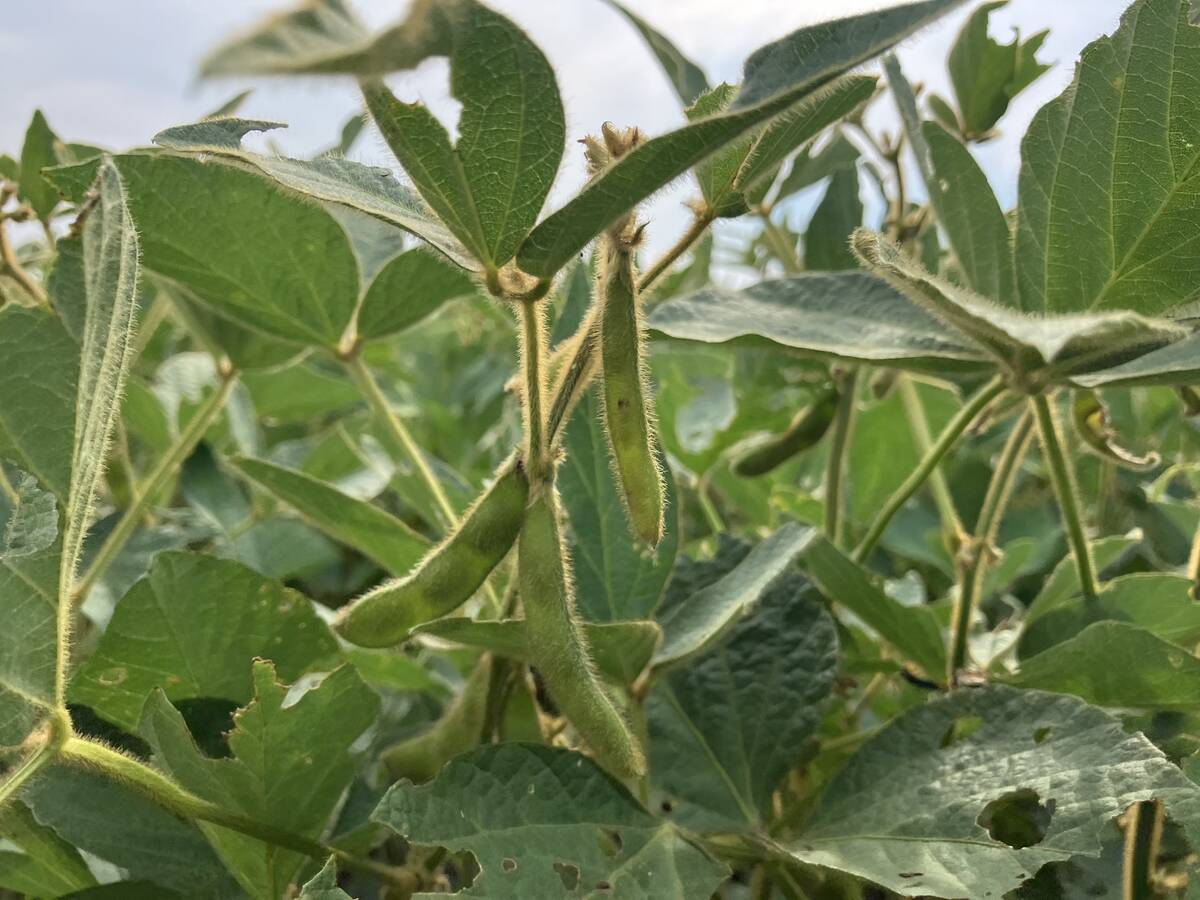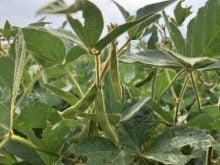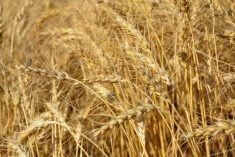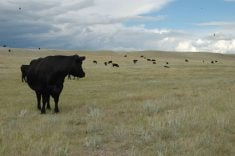This year’s North American spring oilseed acreage outlook depends on which side of the Canada-United States border you are on.
Canadian farmers are expected to cut canola acreage, while American producers are forecast to expand soybean area.
The reasons are low canola prices, U.S. government programs and the rising cost of nitrogen fertilizer.
“The price of canola, I don’t see it increasing,” said Wayne Bacon, a canola producer at Kinistino, Sask.
“It might come up 50 cents (a bushel), but still that leaves us in a position of not making any dollars per acre.”
Read Also

Soybean market still figuring out implications of China-U.S. pact
Soybean futures had a muted reaction to the U.S. trade deal with China as the market tries to figure out the nuances of the deal.
Bacon, who is president of the Saskatchewan Canola Growers Association, thinks he will plant canola on only 600 acres this spring, down from 750 acres last year.
He said the situation isn’t helped by the fact that U.S. farm subsidies such as the loan deficiency payment program shield American growers from market reality.
In addition to helping increase soybean areas, the LDP has also helped boost American canola area, which jumped by 45 percent to almost 1.51 million acres in 2000, while Canadian farmers were cutting their acreage.
“Those programs are going to be putting in more acres,” Bacon said.
“I can see more canola acres going in the northern part of the States and I can see a number of acres going into soy, just because of that program.”
Tom Olsen, a state agrologist in Buena Vista County, Iowa, said a lot of factors will be weighed as farmers in his area make seeding plans, but the price of soybeans isn’t one of them.
“The thing about soybean production is that the price doesn’t matter. The price per bushel is irrelevant,” he said, noting farmers base their decisions on the LDP, which is the government-set floor price.
The rising cost of anhydrous fertilizer, however, is making farmers nervous.
“At this point, there are a lot of folks threatening to switch to soybeans.”
Come spring, however, he doubts that inputs will be so dear as to cause producers in his area to mess with their traditional 50-50 corn-soybean rotations, especially considering their battle with soybean cyst nematode, a yield-destroying pest.
“Right here, it (fertilizer) is not going to change the way we plant much, unless it gets outrageous.”
There might be room for more soybean acres in places with a more diverse rotation, but he thinks nervous processors will bid up the price of corn to ensure an adequate crop.
Soybean prices might be irrelevant in Iowa, but they aren’t in Canada.
Production down
Several market analysts said they expect canola acres to shrink by 10 to 20 percent in 2001.
“Canola is one of the toughest markets, but it is not going to go into further collapse,” said Errol Anderson of Pro Market Wire Report.
He said this winter’s price slide should stop as spring approaches. The Winnipeg futures prices should return to about $280 a tonne and basis levels should improve a little.
But several developments will keep a lid on further gains.
“A key to this market is the high cost of fertilizer.”
He expects that American soybean acres will top 75 million, up from 74.5 million last year.
He also said that with a loan rate of $5.26 (US) per bushel (about $1 higher than the market), American farmers see soybeans as a sure bet.
Ian Morrison, grains analyst with Agricore, agreed.
“The loan rate is so good and beans don’t take a whole lot of nitrogen … so why not just farm for the government?” he said.
The nitrogen issue works the other way in Canada, with canola a big user of the nutrient.
Morrison expects canola acreage to drop by 15 to 20 percent.
The large size and excellent condition of the South American soybean crop will also hurt oilseed prices, he said.
Brazilian agricultural consultant Safras e Mercado has estimated the 2000-01 soybean crop at 35.375 million tonnes, 7.2 percent higher than the previous year. Brazil’s weak currency and low cost of production make soybeans, even at today’s prices, a profitable crop.
Soybean prices have been supported by strong demand for soymeal. Strong meal demand benefits soybeans more than canola because soybeans are about 80 percent meal while canola is 60 percent meal.
While crushers focus on meal, the oil surplus builds and depresses canola prices.
Price war
The vegetable oil complex has also been weighed down by record palm oil production.
The U.S. Department of Agriculture estimates Malaysian palm production at 11.4 million tonnes, up about 10 percent from last year. Malaysia and Indonesia have been dropping prices as they fight over market share.
“And that has made it difficult for canola oil, which has had to compete against very cheap palm oil prices,” said Nolita Clyde, analyst with Statcom Publications.
“The key in the oilseed sector is still the consumption of oil.”
She thinks the best hope of a surge in oil demand will be if China enters the World Trade Organization and drops tariffs on imported oil.
China has been a big importer of soybeans, palm and canola in the last few years, but it would import even more if it cut its tariffs.
“We are seeing more palm oil production worldwide, so to get rid of the high world stock levels, you have to increase consumption and so, WTO — it all comes back to that,” she said.














